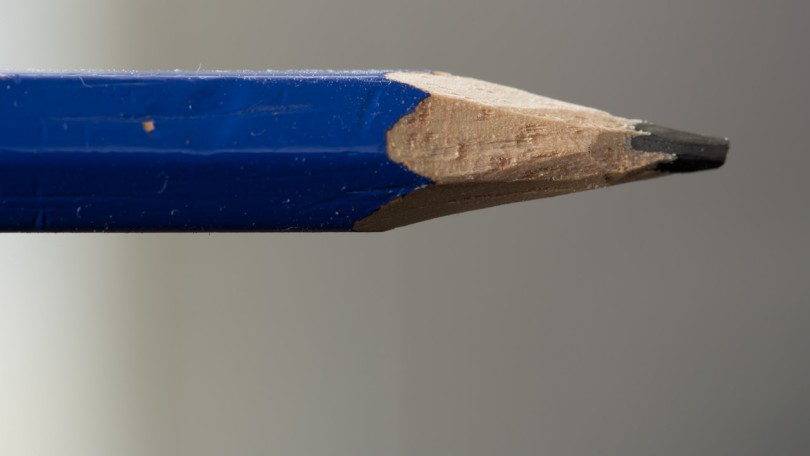22 Apr 24
Lab ChatLabworx
The Global News Source for the World of Science and Chemicals
How is the UAE backing GRAPHENE?
16 February 2020
Chem Chat
First discovered in 2004, graphene is the strongest substance known to man. It is more efficient at conducting electricity than copper, one million times thinner than a single human hair in diameter and offers greater flexibility than rubber. Despite these incredible properties, scientists have spent the last decade and a half scratching their heads over what purpose to put graphene to.
While the substance is already used in sports equipment and clothing, it’s widely predicted that its potential far surpasses tennis racquets and running shoes. The long wait for that potential to be realised may soon be over. Thanks to significant funding and resources from the UAE, experts believe they may have struck upon a plethora of uses which could revolutionise not only the way in which graphene is employed, but also the manner in which we live our daily lives.
What is graphene?
Researchers at the University of Manchester in the UK first struck upon graphene in 2004 by conducting simple experiments involving pencils and sticky tape. By sticking the tape to the graphite contained within the pencils, then removing it, Russian-born scientists Kostya Novoselov and Andrei Geim discovered they were able to peel off thin fragments of carbon.
At the outset, those fragments were comprised of layer upon layer of graphene, which is a honeycomb-like arrangement of carbon atoms. However, by repeating the experiment, they realised that they were able to reduce the graphene to just a single layer, thus isolating the substance for the very first time.
Of course, such a method would not be feasible at an industrial scale, and progress on working out how to affordably and efficiently manufacture the wonder-substance has faltered since. Despite remarkable advances in the field of physics during the 2010s, the scientific community has been at an apparent loss of how to convert graphene into the world-changing substance it is predicted to become.
Endless possibilities
In recent years, the UAE has played a pivotal role in furthering the science of graphene. Abu Dhabi has provided roughly half of the funding for the £60 million Graphene Engineering Innovation Centre in Manchester, with chief executive James Baker claiming that a tipping point is now on the horizon.
“In the next two to five years, we’ll see graphene making a bigger social impact,” explains Baker. “What I think you’ll see from 2020 and beyond is a real increase in terms of new products, new applications, hitting the marketplace.” Those applications could include such grandiose ambitions as reducing carbon emissions by creating electric aeroplanes and filtering seawater for human consumption.
Other potential uses of the substance include mixing it in with concrete to reduce consumption by 20% with no drop-off in strength, as well as adding it to worn-out tyres (along with a small amount of new rubber) to return them to their original condition. Baker has even explored the idea of using graphene filters to extract alcohol from beer to create a non-alcoholic alternative that tastes exactly the same.
DOWNLOAD PDF

2 Day Seminar Program
@ ArabLab+ 2024
24 & 25 September 2024
Your stay in Dubai
Labkit
Product News
Chemkit
Product News
Thinking about exhibiting at ARABLAB 2024? Watch our video to find out more.
Join the world’s leading organisations…
Get in touch and stay in touch…
Join our mailing list and receive the ARABLAB newsletter and event updates.





















